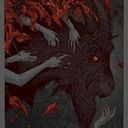Ok, so I have been reading the book The Devil’s Dozen by Gemma Gary and it is Interesting! I have been searching and searching for books related to Traditional witchcraft as opposed to the hundreds of Wicca books on the subject. This book is definitely the real deal! And the first chapter talks about the Man in Black who is also referred to as the Old One, the Horned God or as many know him the Devil. According to this book it is said that when a witch is deciding to become a witch gifted with powers like in the olden days she must encounter The Man in Black (there’s a ritual in the book on how to summon him). He can appear as a Man dressed in Black, a black hound, toad, goat, etc. The summoner may see him in real life or dreams. Anyhow, before I take the plunge I would like to hear of any experiences any of you practicing traditional witches may have encountered with him. If it is too personal to share publicly please message me. I really want to discern well before the point of no return. Thank you!!
Also, I wanted to share this article that I found on him. I found it quite fascinating! Again, if anyone has had experiences with him I would really love to hear about it!
The Man in Black
Author
An enigmatic figure has floated around in witch lore for a very long time. A particular spike in his appearance comes into place during the Early Modern Period. A tall man, comely and swathed in black, adorned with either the horns of a goat or that of a buck, approaches men and women alike to offer them a new life. If they decline, they will go about their life as if it was an illusion. If they accept, they will be granted gifts and wealth (of all kinds) in exchange for loyalty to him.
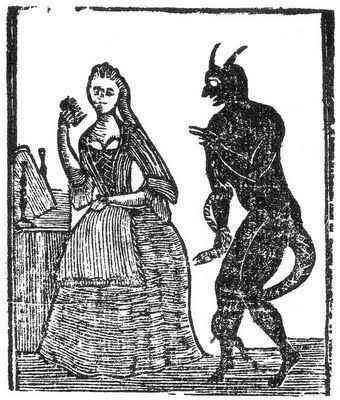
Throughout the centuries, he’s acquired many different names. He’s been called Old Nick, Old Scratch, The Black Goat, Akerbeltz, Black Donald, The Dark Man, and countless other names. Of course, they’ve all been summed up rather quickly with the word ‘Devil’. And is he? Yes and no.
The Man in Black is not to be separated from the Christian Devil, but that is not his sum total. He represents much more than that and is an extraordinarily complex figure; so complex that his nature cannot be completely known. He is Lucifer, the Usurper, the Light Bringer, the Torch Bearer, and the Opener of Eyes.
The Man in Black is intimately connected to the topics of the dead, the underworld, fertility, sexuality, and magic. Though the intermingling of life and death might seem befuddling at first, it is important to understand that this is the truest representation of the wilderness. Thus, in total, the Dark Man is, above all, a spirit/deity that represents the Wilderness found both inside humans and outside of them.
He also represents ‘The Great Other’. Where there is order, he is Chaos. This too can be said for all things natural. In a world where we live between giant, rectangular towers, he is the storm that makes them shiver. He is the flaw in the bricks. He is the tree that crashes into them. Beyond that, he is the concepts that have been shunned by polite society. Most importantly, sexuality and aggression. These primal instincts are intertwined and deeply misunderstood. Sexuality does not always mean lewdness. Aggression does not always mean butchery. Sexuality is the force through which life is animated. It is the conjoining and drinking of souls. Aggression is competitiveness. It is a will to survive and thrive.
In these, we find the origin of him being Satan. Satan is the Lord of Sin, the Liar, and the Roisterer. The Man in Black drinks deeply of Earthly pleasures. He cannot be predictable, for that would make him orderly, where he is chaos. He excites primal passions, of both lust and fury.
His Chthonic associations don’t help with this. Beasts that are usually thought to be messengers and walkers-between-worlds are his symbols, like crows, flies, snakes, toads, foxes, deer, and most importantly, goats.
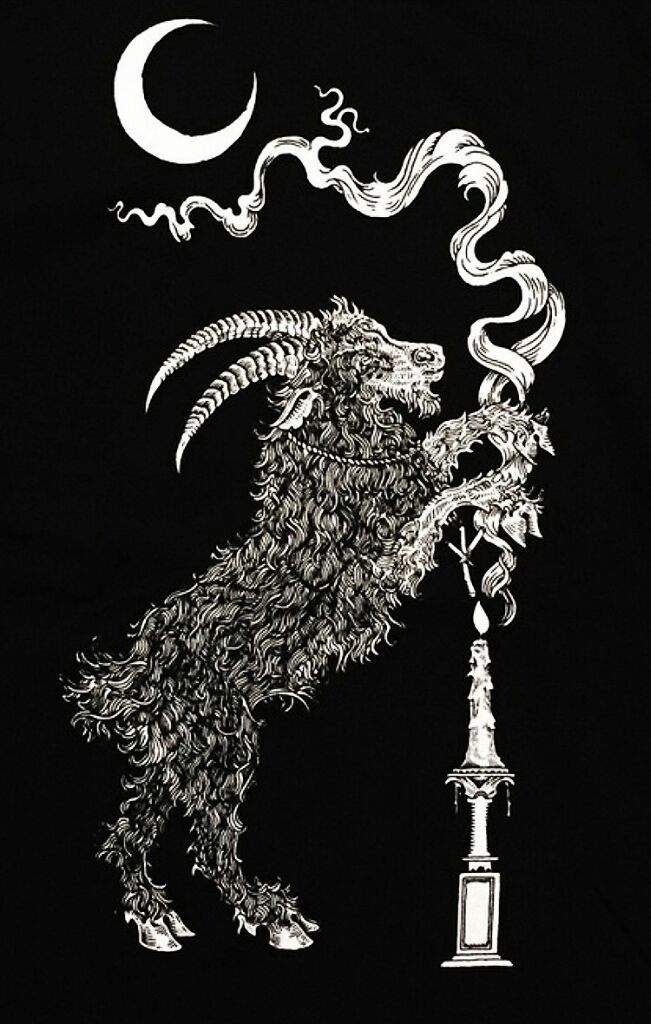
This Underworld association also deals with his link to primal emotions and concepts we tend to ‘push deep down’ for the lack of a better term. Death is one of them. This too deals much with his associations with Chaos. Hell is simply the Underworld. Where the Underworld is Chaos, the Heavens are Order. Earth is the marriage of the two. Where there is civilization, there is also wilderness.
He could be considered a trickster, but more appropriately, he is THE Trickster. He isn’t an other, he is THE Other. Where in Christian mythos, God created Order, the Dark Man usurps control and creates Chaos.
His title as the ‘Witch-father” denotes his fondness for, and interest given to, witches. Witches, even separated from the Devil, always have represented the wilderness, or the most wild, primal, and beastly parts of mankind. Naturally, they would be joined with the very spirit/deity that is the embodiment of these qualities. The Man in Black is the embodiment of the thing that witches hold precious, and when they are joined, he teaches and guides them to be the best witches they can be.
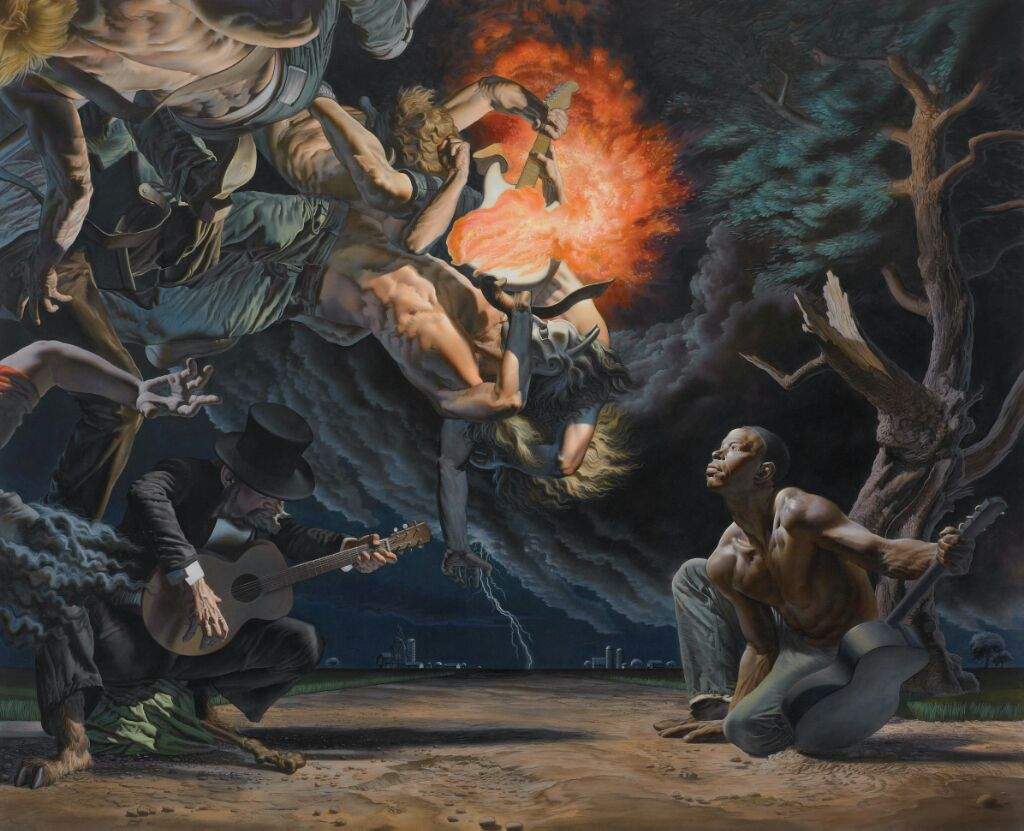
Many view this as servitude, and while it is true that many witches hold allegiance to the one who pulled them onto the path, it isn’t necessarily true that they are his unwilling servants. The ones who do favors for him are also the ones who are quite affectionate towards him. He isn’t a slave-driver with a whip. Instead, he represents the man who steals the whip from his master’s hand and gains freedom.
Similarly, witches are often people in folklore who have gained powers not intended by God to override His own Divine Will. They are selfish and they change the world to suit their means, and for some, that meant bringing kings and queens to their knees. As Lucifer coveted the Throne of Heaven, so these witches would no longer be subservient.
Since ancient times, people have looked to find the wilderness in horned male spirits and deities. They pray to them when they hunt, they pray to them when they wish to have children, they pray to them when they want connection to the wild. Magic practitioners and religious priests wore horns atop their heads as symbols of spiritual importance. Horns were thought to bestow the ability to see, hear, and interact with the spirits. They were, in essence, both crown and key. They were thought to bestow strength and a will to survive, but also a sensitivity to things beyond the perception of most. We find these qualities in the Man in Black.
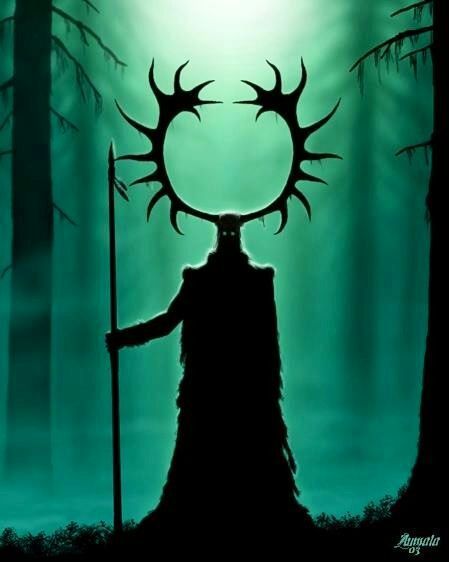
Commonly, he is portrayed with a flame between his two horns. This flame is called the Cunning Fire. Those witches who he has created and initiated are lit by his own flame. He passes the Fire Between the Horns to his witches, and they too have power over the world as he does. How does he do this?
He is known as the one who swallows what is and spits out what will be. He eats away the parts of a person that stops them from traversing the witch path. This common theme, even outside of witchcraft, is found in folklore of him, especially in the American South. He puts them through a test of sorts, where they are made to suffer internal and external turmoil. If they pass, they leave changed, new, and somehow improved. For witches, he gives them fire, and in doing so, gives them power. If they don’t pass, they either try to walk away as unscathed as they can, or they leave broken.
In some witch myths, he has drawn his initiates to the woods and attacked them. If they survived, he rewarded them. Still, this happens spectrally when some fly. Some account for being attacked, torn apart, and put back together.
He didn’t always “create” the witches, either. Some of them were waiting to have latent skills awoken, and during his testing phase, he spurred them. Those witches who were said to have power asleep inside them would go through this to awaken their talents.
Witches of the past, and even many in the present, initiate under him. During this process, many people believe that a witch is selling her soul for powers and a new life. While it is true that a ‘witch’s sixpence’ is required when asking, it is not the soul that is bargained off (though I’m sure he wouldn’t refuse it if offered). Instead, the witch is bound to the path and the spirits of that path. They become a part of one another. Their soul, though their own, is part of a larger whole then. The witches before then and the spirits who guide the tradition, in this case the Dark Man, become a part of the initiate and vice versa.
He is to be considered the Master of the Hidden Art. Some people interpret this as widely magic in general, while others feel that it is specific to witchcraft. He is often called the First Sorcerer, the Shapeshifter, the Wanderer, the Trickster, and the Horned One. He stole the Fire (the hidden knowledge), the light, from Heaven and gave it to humankind. This theme has repeated throughout history, of a wild God stealing fire and giving it to the world. In this case, that fire is magic and forbidden knowledge. He is the Light-bringer and is called Lucifer. The fallen angels, too, known in some mythos as faeries and in others as gods, impart their Divine Spark to humans as well.
He appears as many things. He does not have one form. He is the great buck, standing tall with a full set of antlers. He is the black wolf that eats it. He is the goat with great horns. He is the fox that enters the peaceful henhouse and eats to his content. He is both hunter and prey, for the two are sometimes one and the same. He is the man wearing a black suit, handsome and tall.
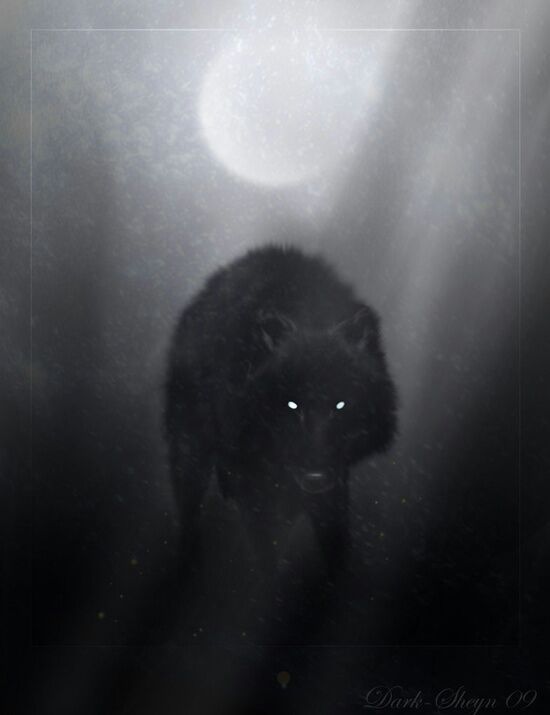
The wild places are his domain. Not just in the woods does he dwell, but back alleys and bus stops late at night. Crossroads lit by moonlight but shaded by fog are his home too. He walks among beasts and humans. He walks the woods quietly and slyly. He walks among the people at midnight in the city.
The Man in Black is an enigma, even to those who know him. He is Chaos, and therefore is eternally shifting shapes. As nature changes over the span of 100 years, so does he change with the world. His nature is to never fully be known, but truly be felt. He is, perhaps above all, feeling. Fear, aggression, lust, excitement, bliss, etc. These are his calling cards.
Working with him isn’t something that someone else usually teaches. Someone might teach you how to call him, but they can’t tell you how to work with him. Like I said, he ever changes. His way of working with each is different.
How would you call him?
How was the Devil called in folklore?
Almost always at a crossroads or in the woods, but as I stated before, these are not his only domains.
Alcohol, money, black hen feathers, antlers and horns, bones, poisonous plants, etc are all things that will draw him close.
But the most important ingredient is feeling. Whatever feeling you have while calling him has to be felt fully. Envelop yourself in it. Fear, bliss, or whatever it is, must be sat in. The reek of it will call him.
He is known to appeal to feelings and senses when he arrives. He is not only drawn by them, but he is an embodiment them. He is inside the fear and the bliss. Through that, a connection can come. That connection can be so vivid and profound that it is often found to be either extraordinarily comforting or deeply unsettling. It is to touch the other half.
If no other spirit or deity will remind you that working with him is a relationship, he will. Everything has a price on it, and that goes for his end too. Whatever favor or task performed, he will grant favors in kind. It is always important to remember that he is a trickster, however. His favors are always repaid, but not always in the way you’d expect them to be.
Witches who walk a traditional path will run into him, be it through the pages of a book, a fleeting thought, or a full-blown ritual. It is impossible to avoid him when practicing folkloric craft. He is not, however, required to be worked with. He is beloved by many witches, and will welcome more into his fold, but it is not required that a witch becomes one of his. Instead, it is always important to remember what he stands for as a champion of witches and what kind of qualities he puts forth as a sorcerous spirit. He is a reminder that, in the traditional and folkloric ways, a witch is a wild being; truly, both hunter and hunted, both crown and key, both king and usurper, both natural and supernatural.
